Heating and Cooling
Temperature control in plastics processing includes mold temperature control, chillers, cooling towers, and heat exchangers.

ESSENTIAL READING
VIEW ALLTemperature Control: What You Need to Know to Comply With New Cooling-Fluid Regs
Beginning the first of this year, 12 states are following EPA bans on potentially damaging cooling fluids. Chiller suppliers have adjusted equipment designs to accommodate the new regulations. Here’s what all this means to processors.
Read MoreHow to Reduce Sinks in Injection Molding
Modifications to the common core pin can be a simple solution, but don’t expect all resins to behave the same. Gas assist is also worth a try.
Read MoreImprove The Cooling Performance Of Your Molds
Need to figure out your mold-cooling energy requirements for the various polymers you run? What about sizing cooling circuits so they provide adequate cooling capacity? Learn the tricks of the trade here.
Read MoreCooling the Feed Throat and Screw: How Much Water Do You Need?
It’s one of the biggest quandaries in extrusion, as there is little or nothing published to give operators some guidance. So let’s try to shed some light on this trial-and-error process.
Read MoreCooling Geometry and the Reynolds Calculation
The original Turbulent Flow Rate Calculator worked well with a round circuit diameter, such as a drilled passage, but not as well using hydraulic diameters. Here’s how the problem was fixed.
Read MoreHow to Know the True Value of Conformally Cooled Injection Molds
What’s the return on investing in a new mold with conformal cooling to boost productivity? Will it pay for itself? How soon? Here’s a case study on how to answer those questions.
Read MoreLatest Heating & Cooling News And Updates
Thermal Care Names New Regional Manager
The process-cooling technology supplier has appointed Avi Bromberg to manage equipment sales and support in the Mid‐Atlantic, New England, Eastern Canada and the Caribbean.
Read MoreHigher Efficiency and Temperatures in TCUs
At Fakuma, Wittmann’s temperature control unit (TCU) displays featured a prototype Tempro capable of achieving 200°C (392°F) in process temperature and the application of EcoDrive motors.
Read MoreNorth American Distribution for System to Track Cooling-Circuit Temperatures, Flow Rates
Globeius is now a North American supplier of Mouldpro’s Flosense 1.0 Flexible Flow Monitoring system for tracking manifold pressures and mold temperatures.
Read MoreChiller Lines Updated to EPA-Approved Refrigerants
Thermal Care’s chillers now utilize EPA-approved low Global Warming Potential (GWP) R‐454B and R‐513A refrigerants.
Read MoreTemperature-Control Unit Enables Cycle Time Cuts
Control unit supplies cold water to the mold only in the cooling phase.
Read MoreManifold Blocks for Flexible Cooling Circuits
Hasco’s Z920/... manifold blocks create a centralized inflow/outflow location that enables the use of shorter hoses in mold heating/cooling systems.
Read MoreFeatured Posts
Is Your Water System Setup Helping or Hurting Your Molding Plant Productivity?
The plant water system is a critical component of an injection molding facility. A poorly designed or maintained water-cooling system can have a serious impact on production efficiency and cause many maintenance issues. Here’s what you need to know — and ask — to prevent those problems.
Read MoreCaptive Molder Beefs Up Auxiliaries to Boost Quality, Consistency
SeeScan adds conveying, drying, feeding and chilling technologies to improve quality — and enhance employee safety — in production of its underground/underwater inspection systems.
WatchFollow These Best Practices When Working With Heat Transfer Fluids
Effectively choosing, operating and maintaining thermal fluid can positively impact productivity in plastics processing.
Read MoreSystem Offers 'Lights Out' Mold-Channel Cleaning & Diagnostics
New system automatically cleans mold-cooling lines—including conformal channels—removing rust and calcium, among other deposits, while simultaneously testing for leaks, measuring flow rate and applying rust inhibitor.
WatchHow to Reduce Sinks in Injection Molding
Modifications to the common core pin can be a simple solution, but don’t expect all resins to behave the same. Gas assist is also worth a try.
Read MoreTroubleshooting Leaky Temperature-Control Units
Learn the causes, symptoms and remedies for TCU leaks to keep these vital contributors to plastics processing up and running longer and more efficiently.
Read MoreFAQ: Heating & Cooling
Are Conformally Cooled Injection Molds Worth It?
When evaluating cost-reduction projects in injection molding, the discussion typically centers around cycle-time reduction and the cost to implement the change. This article explores the true value of conformally cooled injection mold in a very specific case. That case is when the molder can sell more product than it can make on a 24/7 basis.
How to Fix Mold Temperature Control?
Mold-temperature control is just one of many process elements that can affect the quality of an injection molded part. In a perfect world, anyone running a particular mold would know what the mold designer set as the ideal temperature and flow rate for the cooling water. In reality, operators and setup personnel don’t always know these settings and/or something changes so that it is necessary to re-establish them by trial and error.
How to Improve The Cooling Performance Of Molds?
The first law of thermodynamics states that energy cannot be created or destroyed, but only transferred from one place to another. If you think of an injection mold as a closed thermodynamic system, you can account for the energy entering and leaving the system. A shot of molten plastic injected into a mold is the energy input, and energy leaves by various mechanisms. Some of the energy (heat) is carried away in the ejected parts and some is removed by the cooling system. It is less obvious, but some energy will also go into the surrounding environment when a mold is heated substantially above room temperature.
Heating & Cooling Supplier Categories
- Speed, Drive Controls
- Recording Instruments
- Flow Monitoring/Control Devices (for Liquids)
- Timers
- Cooling-water Treatment Chemicals
- Heat-Distortion Modifiers
- Dewpoint Monitors/Moisture Analyzers
- Pressure Controllers, Monitors
- Temperature Controllers, Monitors
- Temperature Pyrometers, Sensors, Thermocouples
- Motion or Position Controls
- Conductive Additives
- Heat Stabilizers for PVC
- Sequence Logic Controls
- Level Sensors and Controls
- Closed-loop Process Control Systems
- Machine Monitoring/Alarm Systems
- Pressure Sensors, Transducers



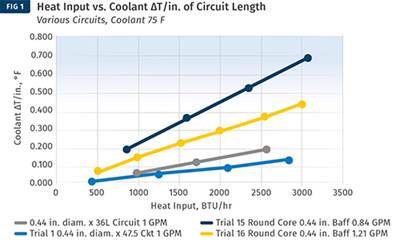

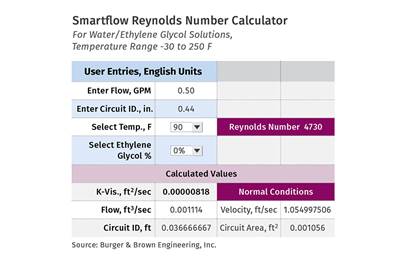
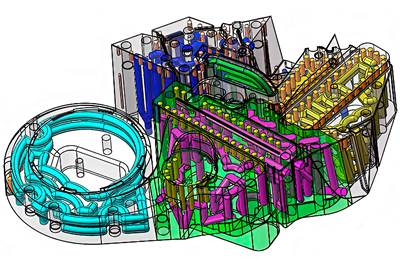
.png;maxWidth=300;quality=90)





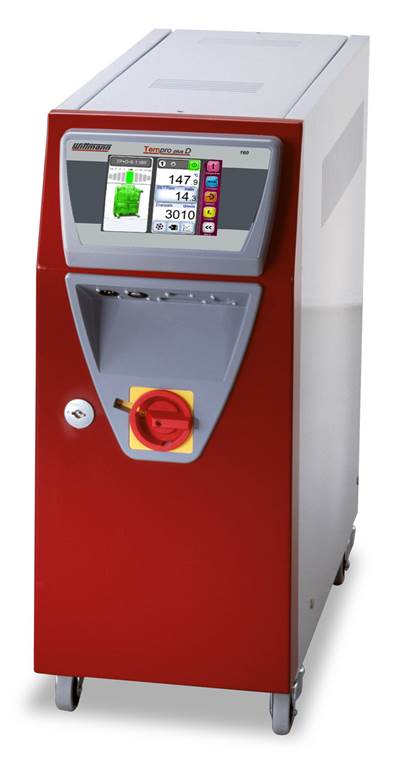
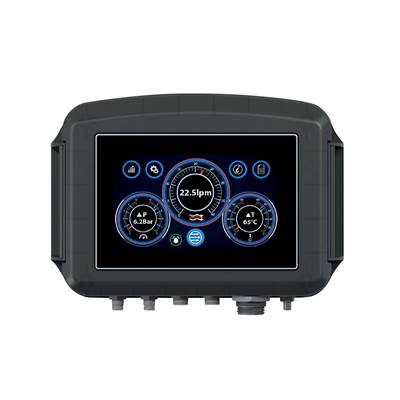
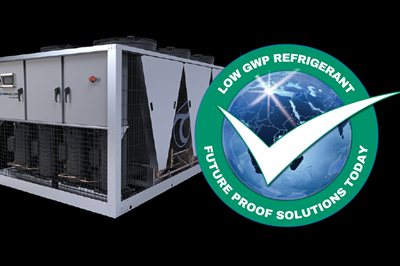
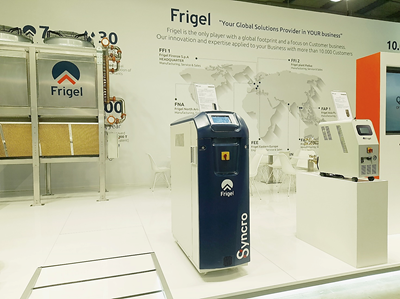
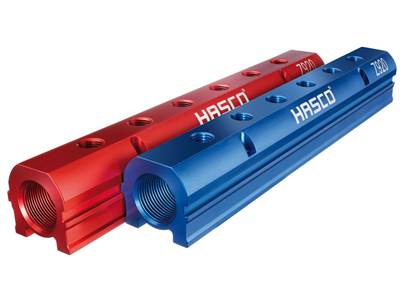






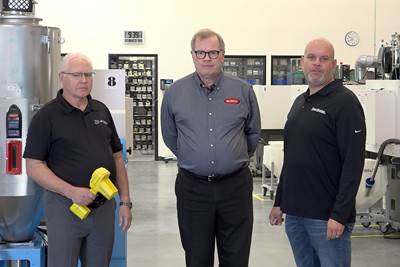
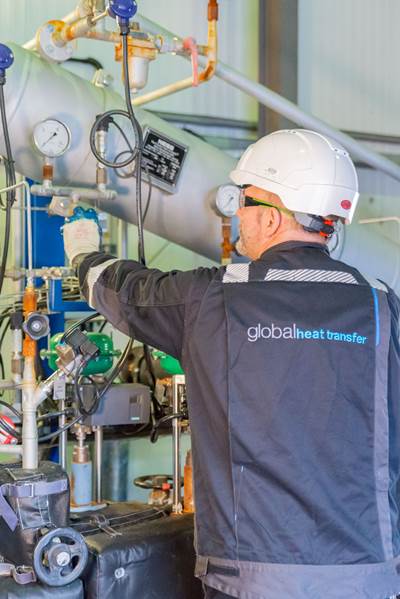
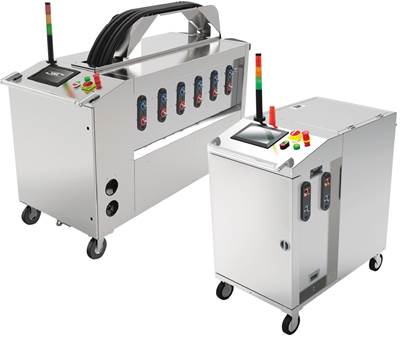
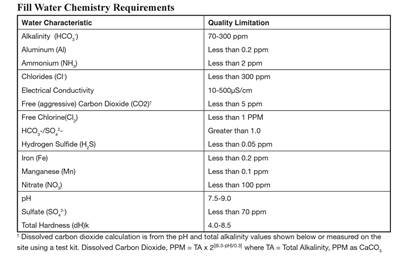




.png;maxWidth=970;quality=90)





